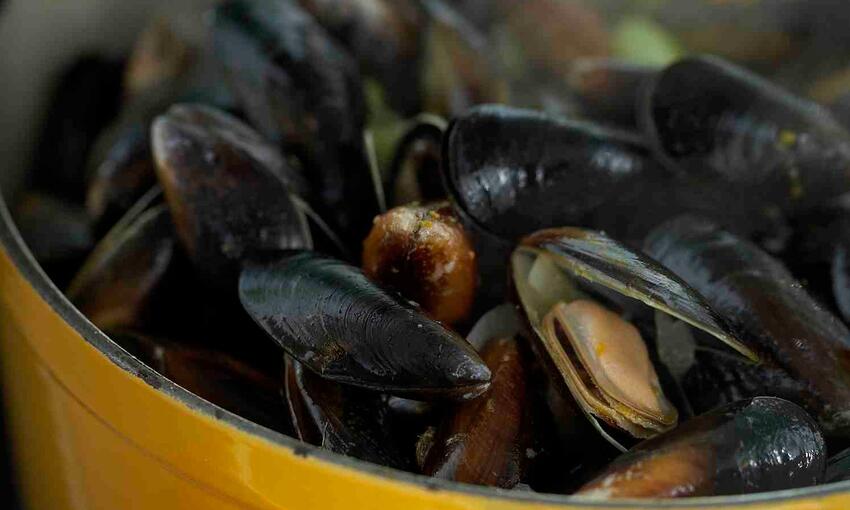My Autumnal Kitchen

Pies, pastries, crumbles and cobblers; for me the sweet aroma of home baking epitomises autumn as much as the crunch of fallen leaves, and with fruit bushes heavy with luscious blackberries and autumn raspberries, and with the first chestnuts and pears swelling, I find there's no better time to dust off the mixing bowl and rolling pin and to get baking.
Wayside fruits hidden among the hedges - blackberries, damsons and, towards the end of the month, sloes - are ripe for the picking now and great in bakes, cakes, and of course, gin!

Plums tend to be at the centre of my kitchen capers, and sweet or tart, deep purple or orange green, I use their soft, juicy flesh in clafoutis and pies, or add a swig of Port and some melted butter for a zingy sauce for meats and fish.
I look for British varieties of dessert plums such as Victoria or Avalon, as these tend to be sweeter, and use them in a plum crumble: A compulsory Sunday dessert in my house! My method is to roughly chop the fruit before adding a squeeze of lemon juice and a sprinkle of sugar, while I don't pre-cook the fruit. For the topping, I like to do a half-and-half crumble with flour and a mix of toasted almonds and porridge oats whizzed up in the blender, or I go for a really quick cheat's topping and use a nutty granola or an oaty and fruity breakfast cereal as the topping.
Pears are another of my favourite autumn staples: great on their own, served with cheese or made into chunky spiced chutney. 'Conference' is the best known but it's worth seeking out other flavoursome (and sometimes indigenous) varieties that don't get a look-in on the supermarket shelves, such as 'Willliams' (golden yellow or red, with firm flesh) or 'Comice' (tender and aromatic). I like to peel, core and halve them, and pop them in a pan with just enough water to cover, before adding runny honey and vanilla essence, simmering until tender, and serving with a reduction of the nectarous syrup.

Look out for more unusual fruits this month too such as cobnuts, (gorgeous green, and fresh, cultivated hazelnuts, sometimes known as a 'filberts', which are indigenous to the UK), and damsons and figs, which are delightful poached in an autumnal red wine sauce with spices and vanilla.
The veg garden sees much activity this month too, with marrows, oriental leaves, squash and the last of the sweetcorn swelling, as well as crunchy chicory. Also known as witloof (white leaf) or Belgian endive, this torpedo shaped salad leaf brightens up dull days with its vivid white leaves and yellow tips, and although its bitter taste is not everyone's cup of tea (in fact, it was once used as a replacement for costly coffee beans), the young leaves are divine roasted and lavished with béchamel sauce and a dusting of crunchy lardons.

On our shorelines, the warm summers have also helped mussels and oysters thrive, and while the thought of gulping down a raw oyster can have many people running for the hills, they can be used in many other ways: chowders and casseroles, stewed in their own juices or 'deviled;' baked in individual ramekins with cayenne pepper and butter and sometimes an egg, with a drizzle of lemon.
The majority of UK mussels are farmed, using an ancient method that involves growing them on ropes suspended in the sea, and because they don't touch the seabed they remain relatively grit-free. I like to cook them in their own juices with a garlic-butter 'liquor' to mop up with bread: A meal that's sure to warm the cockles!

